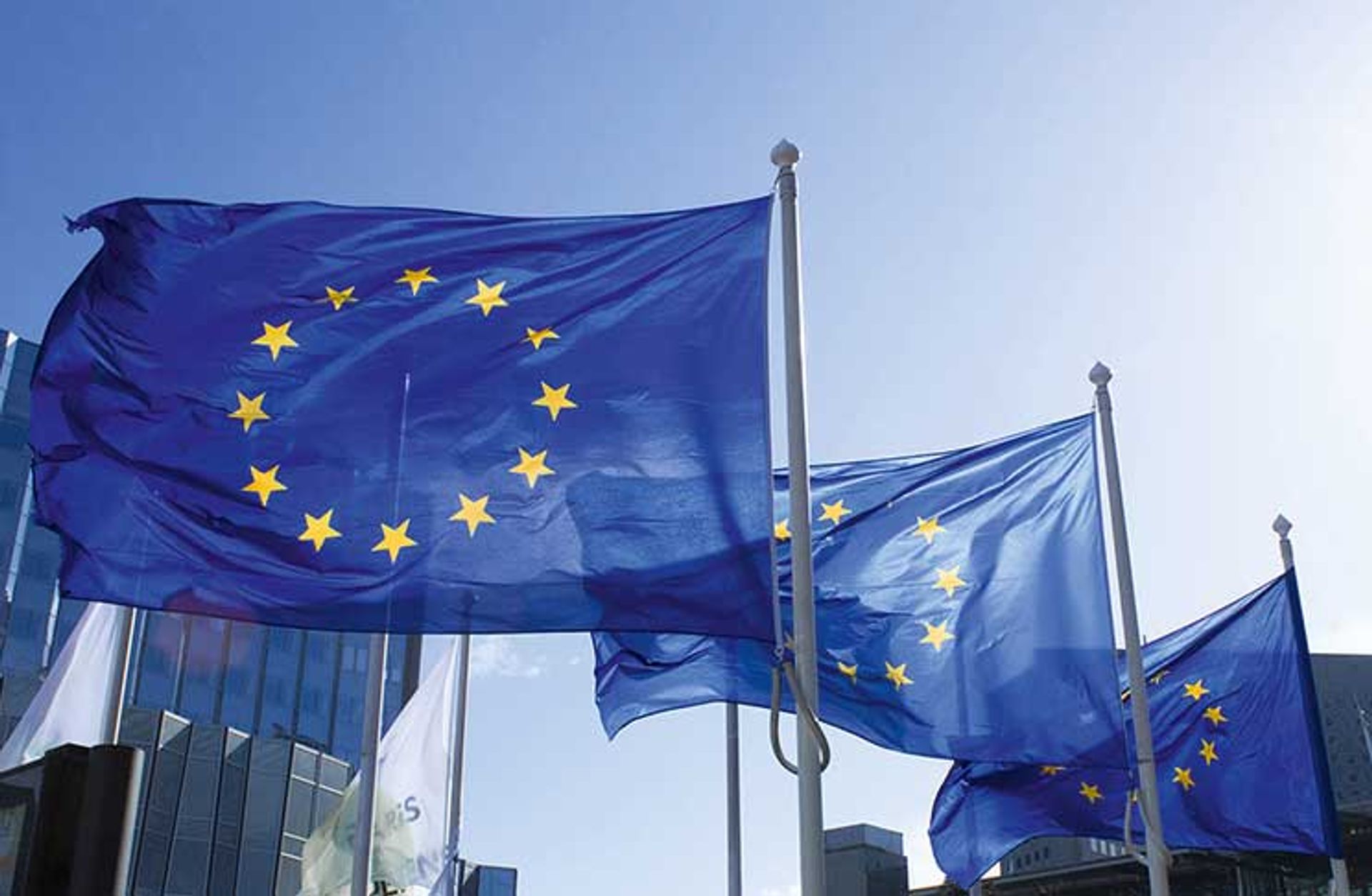Dealers across the European Union are lobbying their governments to seize the window of opportunity offered by an EU law to reduce value-added tax rates for art.
The new directive, passed on 5 April 2022, aims to contribute to a single EU-wide VAT system that still gives member states the right to set their own rates internally. Reduced VAT rates—no lower than 5% of the full price of an item—can be applied to specified goods and services deemed to “pursue objectives of general interest”. Countries are required to align national laws with the new directive by the end of 2024.
Under the previous value-added tax directive passed in 2006, art was excluded from the list of products and services eligible for reduced VAT rates. But the new directive includes “supply of works of art, collectors’ items and antiques” in an annex listing 29 product groups that also comprise children’s clothing and footwear, live plants, admission to cultural events, books, newspapers and low-emission heating products.
Crippled market
In Italy (as reported in The Art Newspaper last month), the government is poised to reduce the rate of import VAT for art arriving from countries outside the common market to 5.5%, the same as the French rate. In Germany, dealers see an opportunity to reduce VAT for domestic galleries to 7% from the current 19%, which they say is crippling the market and has long been a bone of contention.
For France, action is imperative because its current system, under which dealers apply VAT only to their profit margins, is no longer admissible under the new directive. The so-called margin scheme has enabled galleries in France to apply an effective VAT rate lower than 6%, says Gaëlle de Saint Pierre, a tax expert at France’s Comité Professionnel des Galeries d’Art. The prospect of the margin scheme’s disappearance has dismayed dealers and propelled the association into intensive discussions with the finance ministry.
German galleries were not only subjected to unequal treatment vis à vis artists, but also to a distortion of competition within the EU
“The closest solution to the current system is a 5.5% VAT rate for all art sales,” De Saint Pierre says. “The reduced rate would apply to everyone. The government will probably make a decision this year. They don’t want galleries to leave France and go to London.”
France’s favourable VAT rates for art have helped the domestic market to flourish. The low rate of import VAT has positioned the country as the EU’s gateway for art from outside the bloc, while the margin scheme has benefited domestic dealers. With total sales close to $5bn, France’s share of the global art market rose to 7% in 2022 from 3% in 2001—making it the fourth largest market globally—and it accounted for more than half of the EU market, according to Art Basel and UBS’s The Art Market 2023 report.
In contrast, Germany, Europe’s largest economy, accounted for just 2% of the world market in 2022. For around a decade, dealers’ association the Bundesverband Deutscher Galerien und Kunsthändler (BVDG) has been pushing for a re-introduction of the reduced 7% rate for art that applied under German law until 2014. Germany was forced to scrap that rate by the European Commission and impose the general VAT rate of 19% on dealers because art was excluded from the list of goods and services eligible for reduced rates under the 2006 directive. Only artists can take advantage of the lower 7% rate.
Unprecedented opportunity
“The unequal tax treatment of artists and their dealers had consequences: dozens of galleries closed down, newcomers stayed away and growth on the art market stagnated,” says Birgit Maria Sturm, the BVDG’s managing director. “German galleries were not only subjected to unequal treatment vis à vis artists, but also to a distortion of competition within the EU.”
German dealers competed not only with France’s margin scheme, but also with dealers in Belgium and Luxembourg who managed to circumvent the full VAT rate. In Belgium and Luxembourg, many dealers have redefined themselves as agents representing artists; by asking artists to send invoices directly to collectors, they can charge a reduced rate.
Sturm sees an unprecedented opportunity to restore the reduced rate for German galleries and has corresponded with the culture ministry, which she says is sympathetic to the plight of dealers. The ministry is, in turn, in contact with the finance ministry. She expects a reduced VAT rate for art to figure in discussions about the federal budget this autumn.

The new directive, which was passed last year, aims to enable a single EU-wide VAT system while allowing member states to set their own internal rates, which must be no lower than 5%
Photo: @alexandrelallemand/Unsplash
“The door is wide open,” she says. “The government has a chance to prove that it is serious about its commitment to strengthen cultural industries.”
Smaller countries may also seize their chance. In Austria, an emergency temporary reduction in VAT on art to 5% was applied during the pandemic, says Ernst Hilger, a dealer and board member of the Federation of European Art Galleries Association.
“It was immensely helpful, much more so than cash handouts,” Hilger says. Austrian galleries are lobbying the government for a permanently lower rate of VAT, he says: “We very much hope that the rate will be reduced.”


